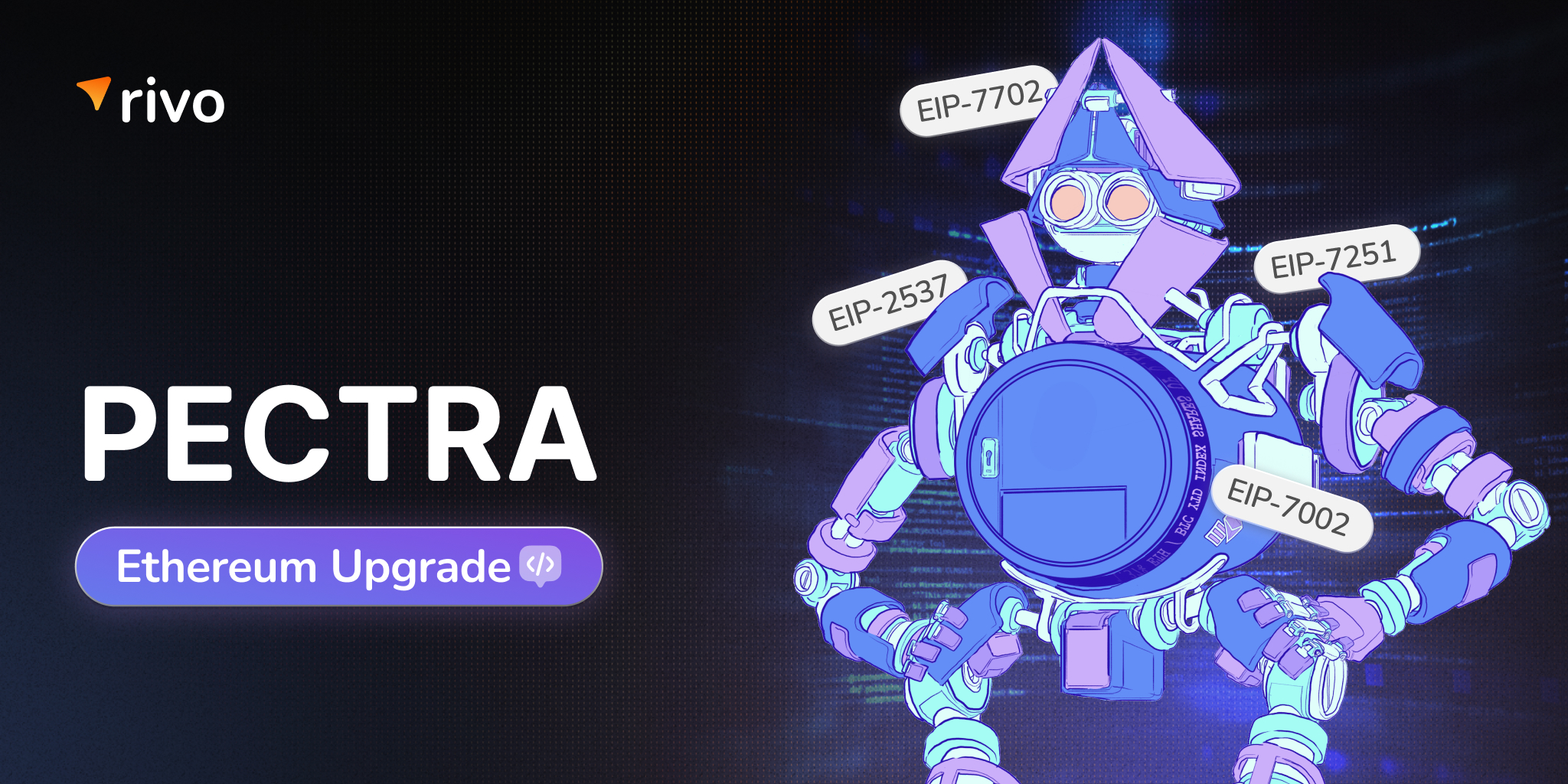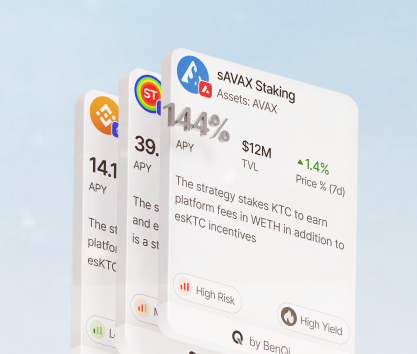Ethereum is widely recognized as the world’s leading smart contract platform, having undergone a number of major network upgrades, also known as hard forks, over the past few years.
To elaborate, on September 15, 2022, the Ethereum network underwent one of its most significant updates, called the ‘Merge.’ It marked Ethereum’s transition from an energy-intensive Proof of Work (PoW) consensus mechanism to a more efficient Proof of Stake (PoS) framework.
Moreover, the shift integrated the Ethereum Beacon Chain, which had been running alongside its mainnet since December 2020, into the main chain. Following the Merge, the community bore witness to the Shanghai upgrade — during April 2023 — enabling validators to withdraw their staked ETH from the Beacon Chain.
Finally the most recent update was the Dencun hard fork, which occurred on March 13, 2024. It focused primarily on reducing costs for layer-2 (L2) transactions and improving data accountability. It also introduced the concept of proto-danksharding — using ‘data blobs — to optimize storage and lower L2 transaction fees.
That said, the next major upgrade on the horizon is Pectra, which promises to bring substantial improvements to Ethereum’s scalability, security, and overall user experience.
What is Pectra, and when is it scheduled to take place?
Combining two previously separate upgrades, namely Prague (for the execution layer) and Electra (for the consensus layer), Pectra aims to enhance the capabilities of Ethereum’s execution layer, where smart contracts and decentralized applications (dApps) operate, as well as its consensus layer, which manages all PoS-related operations.
As per reports, Pectra is scheduled to commence sometime during the first quarter of 2025. However, as with all major Ethereum upgrades, the exact activation date and block number are subject to change based on developmental progress and community consensus.
A look at Pectra’s key features
EIP-7702: Enhanced Account Abstraction (AA) capabilities
EIP-7702 proposes a new transaction type that adds a ‘contract_code’ field for corresponding Externally Owned Accounts (EOA). This enhancement enables EOAs to temporarily set a smart contract code for the associated wallet, which is executable only during the transaction.
Doing so allows EOAs to enjoy account abstraction (AA) features without having to permanently migrate to a smart contract wallet. The proposal also addresses concerns raised by EIP-3074, which could have otherwise conflicted with Ethereum’s proposed AA roadmap.
EIP-7251 (MaxEB): Increased Validator Stake Limits
EIP-7251, also known as MaxEB, proposes raising the maximum staking limit from 32 ETH to 2048 ETH, allowing large node operators to consolidate their validator sets and potentially reduce the total number of validators present within the ecosystem (all while maintaining network security).
Additionally, it enables solo stakers to earn compounding rewards and stake their ETH in more flexible increments. Lastly, the proposal introduces features like custom effective balance ceiling and partial execution layer withdrawals.
EIP-7002: Flexible Staking Withdrawals
EIP-7002 enhances the flexibility of staking operations by allowing validators to initiate exits and partial withdrawals using their execution layer withdrawal credentials. This improvement separates the validator’s signing and withdrawal keys, enhancing overall security.
It also enables stakers to exit validators from the Beacon Chain without using their signing key, providing more options for managing staked assets and validator operations.
EIP-7692 is a meta-EIP that bundles 11 proposals focused on optimizing the Ethereum Virtual Machine (EVM) Object Format. It introduces EVM versioning, enabling multiple immediate and long-term benefits for smart contract development.
The proposal includes sub-proposals like EIP-3540 (new contract format), EIP-3670 and EIP-5450 (code and stack validation), and new instructions (EIP-7480, EIP-663, EIP-4200). These improvements aim to reduce gas costs, eliminate “stack too deep” errors, and enhance overall contract efficiency and security, marking a significant step forward in Ethereum’s smart contract capabilities.
EIP-7594: PeerDAS (Peer Data Availability Sampling)
EIP-7594 introduces PeerDAS, a networking protocol for Beacon Chain nodes to perform data availability sampling. To elaborate, the protocol allows nodes to ensure blob data availability while downloading only a subset of the data, significantly improving the network’s efficiency.
Moreover, PeerDAS utilizes the ‘gossip function’ for data distribution, ‘discovery function’ for finding peers of particular data custody, and ‘peer requests’ for sampling. In other words, EIP-7594 aims to improve network scalability, which is particularly beneficial for Layer 2 (L2) solutions like rollups that are known to help process large tranches of transactions separate from the main chain.
EIP-2537: Cryptographic Enhancements
EIP-2537 focuses on implementing precompilation for BLS12-381 elliptic curve operations. This enhancement makes BLS signature operations faster and cheaper, directly benefiting validator performance on the Ethereum network.
By enhancing the operation of the BLS12-381 curve through the introduction of new pre-built functions, EIP-2537 improves overall network security by making cryptographic processes more efficient.
Potential risks associated with Pectra
While Pectra promises significant improvements, it is not without potential risks and concerns. For instance, the upgrade has raised some concerns about increased network centralization due to its allowance for larger validator stakes. Additionally, there are questions about the complexity of implementing such a wide-ranging upgrade and the potential for unforeseen vulnerabilities.
What lies ahead for Ethereum following Pectra
Looking beyond Pectra, the Ethereum community is considering the implementation of Verkle trees as part of the following Osaka update (also referred to as the Verge). Verkle trees are data structuring algorithms similar to Merkle trees but with improved efficiency in terms of proof size.
Ethereum co-founder Vitalik Buterin has expressed enthusiasm for this development, noting that it will allow validator clients to operate in a stateless mode, significantly reducing hardware requirements for staking nodes and enabling near-instant blockchain synchronization.
Following the Verge, Ethereum’s roadmap includes a stage called the ‘Purge.’ This phase aims to simplify the network structure and reduce the load on nodes. A major aspect of this stage is EIP-6780, which optimizes the SELFDESTRUCT opcode, enhancing security and improving protocol implementation.
Other initiatives in the Purge upgrade include removing legacy code from the Geth client and addressing the “empty accounts” issue via EIP-7523.
Lastly, there are plans to migrate the execution layer to the more efficient SimpleSerialize (SSZ) format and implement EIP-4444, which aims to reduce storage space and node synchronization time.
Conclusion
Pectra represents a significant step forward for Ethereum, promising to enhance scalability, security, and user experience. Its benefits, such as enhanced account abstraction, flexible staking withdrawals, and optimized smart contract deployment, make it a highly anticipated development. As Ethereum continues its evolution, the successful implementation of Pectra will play a crucial role in solidifying its position as the leading smart contract platform and driving further adoption of decentralized applications.









